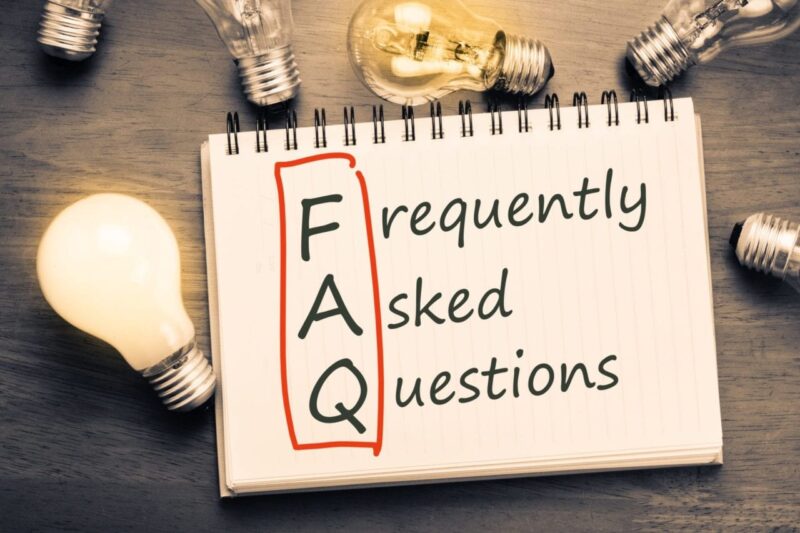Given that not every person of working age will be working, the message is simple: you need to provide for your own retirement, as the Government simply will not be able to do it for you.
The problem is, of course, that far too many people in the UK (particularly in the private sector) have not been providing for their retirement – and faced with a potentially catastrophic burden on the public purse, the Government has been forced to act.
In October 2012 the much-heralded ‘auto-enrolment’ was introduced, beginning with firms who have more than 120,000 employees. The rules stated that anyone over the age of 22 and earning more than £9,440 per annum had to be enrolled in a company pension scheme operated by their employer.
In truth, it is difficult to imagine that an employer with more than 120,000 staff won’t have a pension scheme – but there is a rolling timetable for auto-enrolment which means that by 2017 all employers must comply with the legislation. With the very real possibility that a future government might bring this timetable forward, it’s important that all professionals make sure their clients are fully aware of the obligations they will face under auto-enrolment.
Make no mistake, the Government is committed to this legislation being successful and there will be stringent penalties for non-compliance.
As we’ve mentioned above, the timetable has already started for large employees. Medium sized employers (which the Government defines as having 50-249 employees) will have to start complying from April of next year. Those employers with 49 or fewer staff will start to fall into the net from June 2015.
To begin with, the contribution levels required by auto-enrolment will be relatively low, starting at 2% of an employee’s pay (with the contribution split between the employer and the employee). Initially, the Government’s focus is on making sure everyone is enrolled in a pension scheme. But the minimum contribution rises quickly, so that from October 2018 it is 8% of an employee’s pay.
What will auto-enrolment mean for your clients who are employers? We believe there are three main points to consider:
- Firstly, there is the compliance issue. Irrespective of how many people a business employs, doing nothing is not an option. Employers will have to comply with auto-enrolment, and we’d very much advise against leaving it to the last minute. There is bound to be a backlog of schemes waiting for paperwork to be completed on the relevant ‘deadline day.’ There is simply no point taking the risk of not having a scheme in place.
- Secondly, there will be an administrative burden, especially for employers with a high staff turnover. There are going to be some sectors of the economy where the administrative burden of auto-enrolment will prove a serious headache. We’d advise all employers to make sure their payroll and HR procedures are ready for auto-enrolment.
- Lastly, there will be cash-flow considerations – perhaps not immediately, but for many employers adding 4% to payroll costs by 2018 (plus the cost of administration) will be significant.
If you have any questions at all about what auto-enrolment means for your clients – or questions about the practicalities of implementing it – then don’t hesitate to contact us. Time passes quickly and we cannot emphasise enough how important it will be for all businesses to make sure they do not miss any of the Government’s deadlines.



